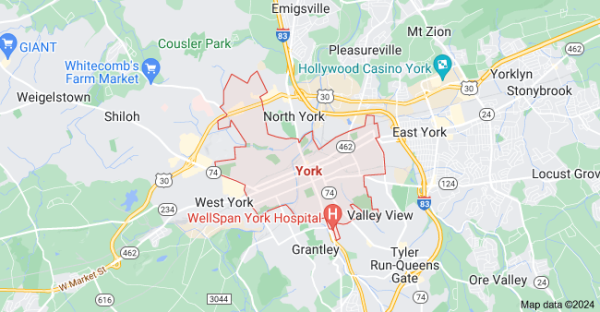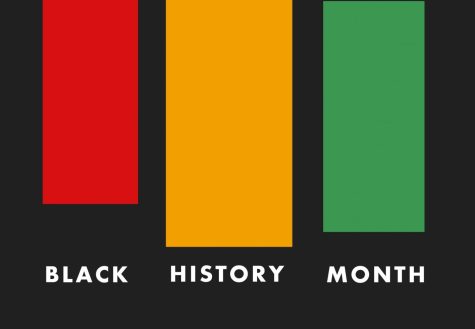The Wheel Of Time, the Fantasy Book Series That Redefined the Genre
December 21, 2021
The Wheel of Time, written by Robert Jordan and later Brandon Sanderson, is revered by many fantasy writing professionals to be an absolute monolith in the fantasy genre.
This modern fantasy epic, through the installment of seventeen books, managed to secure its position as the New York’s Time’s number one bestselling fantasy series, rivaling other big name fantasy titles such as The Lord Of The Ring’s and Game Of Thrones. However, how does Robert Jordan’s world compare to those stories? Is the praise due or is it overrated? To help answer this question, today’s review will be centralized on the first installment of The Wheel Of Time, The Eye Of The World.
In the prologue of The Eye Of The World, we’re introduced to Lews Therin Telamon The Dragon, a figure of legend in the book’s lore that set the precedent on how the rules of the modern world work whether it be traditions or taboo.
Lews Therin was the world’s most powerful channeler of the one power–the magic of the world. However Saidin, the male half of the one power, is said to drive men insane, which is what happened to Lews Therin when in the prologue he destroys himself out of anguish for killing his family.
The main story itself, The Wheel Of Time, follows the story of Rand Al’thor, a shepherd living with his father on the outskirts of the Two Rivers, a small local community secluded from the outside world. Through a series of events that helps kickstart the saga, Rand and his friends Mat, Perrin, and Egwene must leave the confines of their home and go across the world to escape the forces of the Dark One, an ancient evil that wants the three Two Rivers’ boys for a mysterious purpose.
Although Rand does take initiative early on in the story, he isn’t the only character we focus on throughout the book and series. Jordan makes sure to give each character from the two rivers a supple amount of growth as they travel across the world.
In fact, in the third book of the series The Dragon Reborn, Rand is more in the background having only a couple scenes that shows what he’s doing. While the rest of the book is mainly focused on the rest of the characters and their development throughout the plot.
Rand, Mat, and Perrin start off being shoulder to shoulder buddies generally reacting the same to the events unfolding around them, but they each eventually splinter off into their own unique magical paths that gives them more personality and sets them apart from one another.
The Wheel of Time utilizes a bit of a limited third person perspective, with the narrative switching between characters as the story moves on. This is effective because it allows each of the main cast to have the spotlight in which they can grow and develop into these epic heroes, a common technique in fantasy writing that is welcomed.
Although not technically a technique, but certainly a near staple in fantasy, is the diverse and detailed world that the story takes place in. In The Eye Of The World alone we are introduced to dozens of interesting cities, cultures, people, and magics that each have their own flavor that makes the world come to life.
The world of The Wheel Of Time is incredibly complex, and with each book the lore and story only go deeper and deeper with both new and old elements coming to the front stage. Now, this can be intimidating to some because there can be a lot to keep track of, but one way the books help readers follow along with the story is that each has a glossary at the end so you can check up on descriptions about characters or definitions mentioned in that book and any prior books if its one later in the series.
As someone who has a hard time with names and definitions, this guide has helped a lot every time I got confused or stuck in the story.
However, speaking of getting stuck in the story, there is debatably a problem prevalent in Jordan’s writing that can turn off some readers, which comes in the form of how he writes the descriptions of his world. The problem isn’t that his descriptions of the setting are bad at all, but it’s that some readers will find that he has a tendency to over describe said setting.
This saga takes up seventeen books to cover, and if you think that’s a big number, each book averages about seven-hundred pages, but it doesn’t feel like it’s necessary for them to be that long. Now each book has its own structure and plot thread that weaves in with the others, so it’s not like you’ll read The Dragon Reborn and think it does nothing to the overall saga, it’s just each book could be more lenient on its descriptions in a way that could hypothetically help the story.
You might have to obligate yourself to push past some pages to get to the plot and characters which is where The Wheel Of Time and by proxy, The Eye Of The World really shine.
With the first three books of the saga, I have found myself frantically flipping through the pages at the last quarter marks of each, completely enveloped in the stakes and action of the story. The end of each book will leave you fulfilled with the story you just read and excited to start reading the next book and story.
From its expansive and lively world, the interesting backstory and lore, as well as the complex character growth, each installment of Jordan’s epic fantasy series has rightfully placed The Wheel Of Time amongst fantasy giants.
I would highly recommend this series for anyone that takes an interest or joy in the literary works of the fantasy genre; it takes many clichés or tropes we have seen before in other works but also manages to put a spin or a unique flavor to them that makes them feel new.











